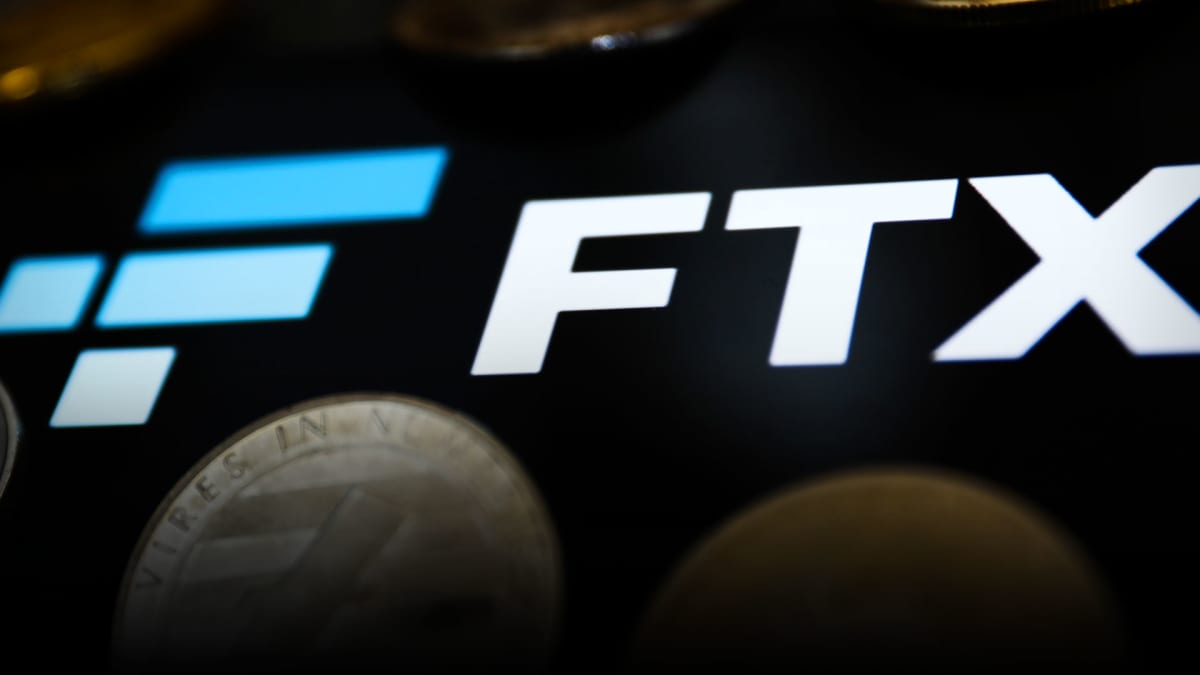
The first big victim of the unexpected collapse of the FTX cryptocurrency exchange has now emerged.
It's cryptocurrency lender BlockFi, which was bailed out last summer by FTX and its founder and former CEO Sam Bankman-Fried. The platform is preparing to file for bankruptcy, according to the Wall Street Journal.
The firm is planning to lay off some of its workers, the newspaper said, citing anonymous sources.
BlockFi didn't immediately respond to a request for comment.
A bankruptcy filing from the crypto lender would not be much of a surprise. The firm had already begun to prepare its customers for this eventuality on November 14, by suspending cash withdrawals and warning that it would no longer accept deposits.
Withdrawals and Deposits Paused
"We determined late last week that in the current environment we could no longer operate our business as usual," the company wrote to its clients on November 14. "Given that FTX and its affiliates are now in bankruptcy, the most prudent decision for us, in the interest of all clients, is to continue to pause many of our platform activities for now."
It warned that the recovery of the obligations owed to the firm by FTX will be "delayed."
"At this time, withdrawals from BlockFi continue to be paused. We also continue to ask clients not to submit any deposits to BlockFi Wallet or Interest Accounts," the cryptocurrency lender said.
The company also said that: "The rumors that a majority of BlockFi assets are custodied at FTX are false. That said, we do have significant exposure to FTX and associated corporate entities that encompasses obligations owed to us by Alameda, assets held at FTX.com, and undrawn amounts from our credit line with FTX.US.
BlockFi signed a bailout deal with FTX US, the U.S. subsidiary of FTX.com last July. The deal included an option given to FTX to acquire BlockFi at a variable price based on performance, but the maximum price was $240 million.
The agreement also included a $400 million credit revolver facility. In the end, the transaction was valued at $680 million.
BlockFi, which promised to compete with traditional banks, was among the victims of the liquidity crisis caused by the collapse of sister tokens Luna and UST, which saw at least $55 billion disappear in May.
Various Scenarios
But a few months later, BlockFi finds itself in a similar situation and, this time, it seems there is no savior. The group said it is looking at several scenarios.
"There are a number of scenarios that may be available to us, and we are doing the work now to determine the best path forward," BlockFi said on November 14, adding that it "has the necessary liquidity to explore all options."
The firm has engaged outside advisors "that are helping us navigate BlockFi’s next steps."
BlockFi wasn't the only company saved by Bankman-Fried and FTX. The list includes popular trading app RobinHood and lenders Voyager Digital and Celsius Network.
Last September, FTX and its founder concluded a deal with Anthony Scaramucci, who was ever-so-briefly White House director of communications under former president Donald Trump. FTX Ventures would acquire 30% of Skybridge Capital, the alternative investment company founded by Scaramucci, aka "The Mooch”.
FTX faces a shortfall of $1.7 billion, one source told Reuters, while the other source said that between $1 billion and $2 billion were missing. Bankman-Fried, who resigned as CEO on November 12, was once hailed as the savior of the sector during the liquidity crisis of last summer.
FTX's financials also showed that there was a "back door" in the books, created with "bespoke software," according to the news outlet. It was described as a way for Bankman-Fried to alter the firm's financial records without raising any alerts.
But Bankman-Fried denied the existence of a "back door."
FTX filed for Chapter 11 bankruptcy on November 11.
As a crypto exchange, FTX executed orders for their clients, taking their cash and buying cryptocurrencies on their behalf. FTX acted as a custodian, holding the clients’ crypto currencies.
FTX then used its clients’ crypto assets, through its sister company’s Alameda Research trading arm, to generate cash through borrowing or market making. The cash FTX borrowed was used to bail out other crypto institutions in the summer of 2022.
At the same time, FTX was using the cryptocurrency it was issuing, FTT, as collateral on its balance sheet. This represented a significant exposure, due to the concentration risk and the volatility of FTT.







